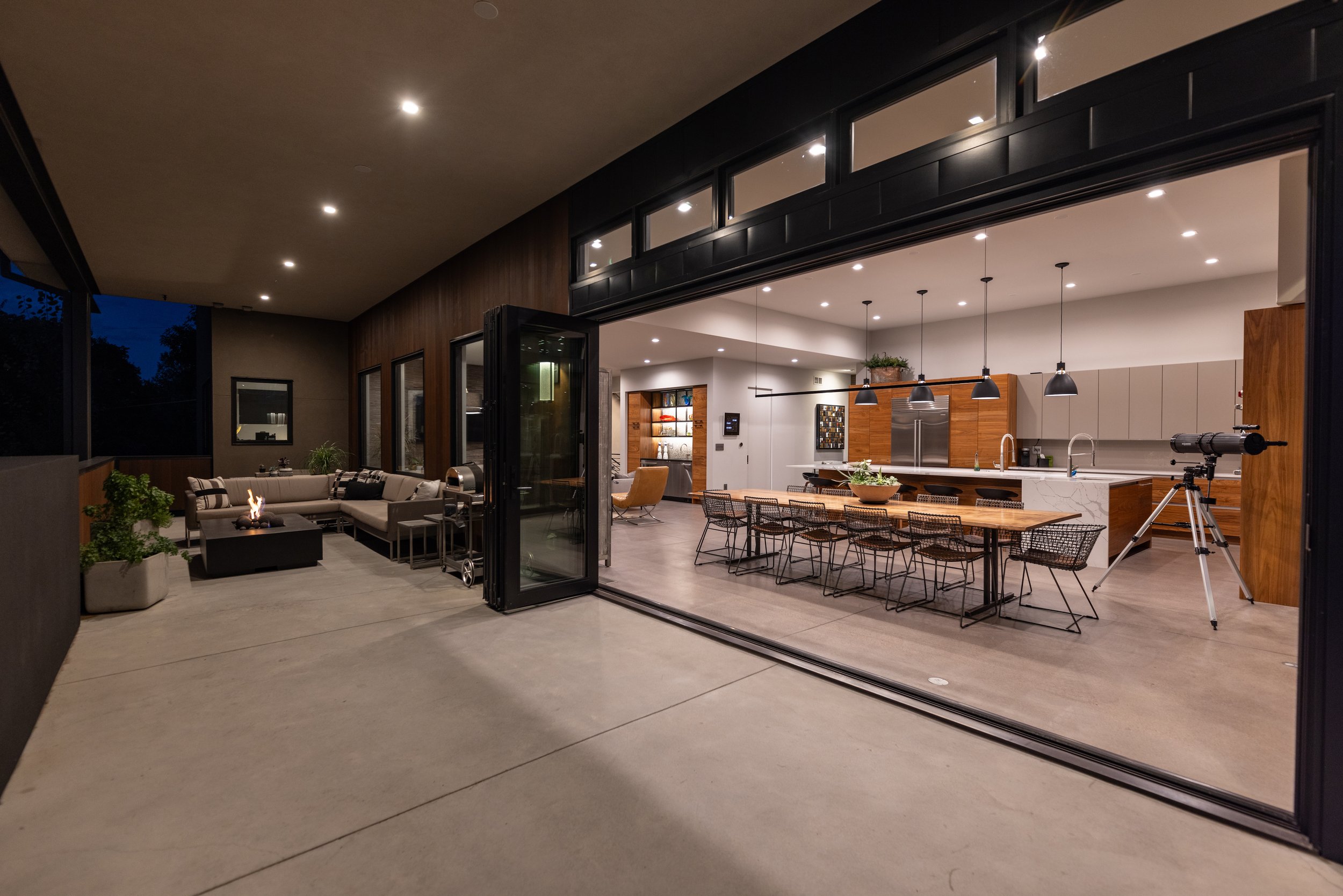It’s not just the temperatures that are warming up right now.
If you didn’t already know, spring is the start of the busiest homebuying period of the year. Houses ooze curb appeal with early flowers in full bloom. Buyers don’t mind trudging to open houses in nicer weather. And families start scouring home listings, hoping to move in just a few short months when the kids are out of school.
This spring is also the housing market’s make-or-break moment, coming a year after high list prices and mortgage rates—and a lack of available properties—stalled home sales.
So what should homebuyers and sellers expect this season? Will asking prices and mortgage rates finally ebb? Will more homes come onto the market? Will sellers have to—gasp—negotiate? Or will a proposal by President Joe Biden to make housing more affordable nip the spring market in the bud?
“Where we are right now is the best of both worlds. Price increases are slowing, which is good for buyers, and prices are still relatively high, which is good for sellers,” says Realtor.com® Chief Economist Danielle Hale. “There are some optimistic signs, but we haven’t seen that yet translate into more sales.”
She expects sales will be better than in 2023, but they will be down from the surges seen during the COVID-19 pandemic and from a more typical year.
“We’re moving in the right direction,” says Hale.
One positive sign for the housing market is that Americans are more optimistic about buying and selling homes, according to Fannie Mae’s Home Purchase Sentiment Index. About two-thirds of consumers, 65%, said it was a good time to sell a home in February.
However, just 19% of folks said it’s a good time to purchase a home, according to the index. And that was an increase from 17% in January.
That’s because housing is still incredibly expensive. Nationally, list prices clocked in at a median of $415,500 in February, according to the most recent Realtor.com data. Mortgage rates also remain high, averaging 6.74% in the week ending March 14, according to Freddie Mac.
“The housing market is at a stalemate with high rates,” says Devyn Bachman, chief operating officer at John Burns Research & Consulting, a company that works with builders. “Until something changes, we’re kind of stuck where we are.”
Good news for buyers: More affordable homes are coming
The best news for buyers this spring is more—and cheaper—homes are going up for sale.
There were nearly 15% more homes for sale in February than a year earlier, according to Realtor.com data. That alone could jolt the housing market a bit if more “For Sale” signs continue to appear. However, the nation is still suffering from a housing shortage even with all of that new inventory.
Many homeowners chose to stay put to hold on to the ultralow mortgage rates they locked in during the pandemic. But now, they might be starting to move, even if they have to stomach a higher mortgage rate to do so.
“Listings are up a bit as life events and job changes are putting increasing pressure on locked-in homeowners to sell their homes,” says Mark Zandi, chief economist at Moody’s Analytics. “Homeowners may also be slowly coming to the realization that mortgage rates aren’t going back anywhere near the rate on their existing mortgage.”
Buyers can also rejoice in more inexpensive homes going up for sale. The number of properties priced between $200,000 and $350,000 shot up 20.6% year over year in February.
More than half of these less expensive homes, or 55.5%, were in the Southern region of the country.
“The biggest need for homes is in those lower-priced categories,” says Hale. “We’re starting to see the market give buyers the choices they can afford.”
More home sellers are also cutting prices. About 14.6% of all homes on the market underwent a price reduction in February, up from 13.2% in February of last year.
Buyers shouldn’t get too comfortable, though.
“Spring is always more active than the rest of the year. We’re more likely to see bidding wars and above-ask offers in spring than in other seasons,” says Hale. However, “there will be less of that this year.”
Mortgage rates are a wild card this spring
The success of the spring selling season might hinge on which direction mortgage rates head next.
They came down from nearly 8% last fall to the 6% range in mid-December. This was thanks to the U.S. Federal Reserve’s plans to cut interest rates, which would likely result in lower mortgage rates as well.
But with inflation stubbornly remaining above the Fed’s 2% target, the Fed may choose to keep its rates higher for longer. That is expected to keep mortgage rates high as well.
“There will be more of a roller coaster in mortgage rates than previously expected,” says Hale. “Buyers are going to have to stay on their toes and be prepared to adjust.”
This time around, however, buyers might be more willing to accept a higher rate on a mortgage they can refinance when rates come down.
When rates first started rising rapidly in 2022, many found the prospect of a mortgage rate in the high 6% range financially terrifying. But after rates almost hit 8% last fall, they’re looking a lot better to many aspiring homeowners.
“Buyers and sellers have come to terms with these higher rates,” says Lisa Sturtevant, chief economist of Bright MLS, which covers the mid-Atlantic region of the country. “I do think we’re going to see them above 6% for the rest of the year.”
Even if rates do drop, home prices could potentially rise to make up the difference. That’s because more buyers will jump into the market, making it even more competitive. That could lead to more bidding wars and offers over the asking price.
President Biden might have threatened the success of the spring market
The housing proposals Biden unveiled at the State of the Union, which are designed to make housing more affordable, could also inadvertently endanger the spring market.
Biden, the Democratic Party’s 2024 presumptive nominee, would like to offer middle-class homebuyers tax credits of up to $5,000 for two years and middle-class homeowners tax credits worth up to $10,000 if they sell starter homes to other owner-occupants.
“President Biden’s proposals are just proposals and unlikely to become law, at least not anytime soon,” says Zandi.
However, many potential buyers and sellers might still hold off on entering the market.
“They might wait until they can get the tax credit money instead of moving ahead with plans,” says Hale. “It could cause a temporary drop in housing demand.”
Bidding wars and offers over the asking price could return
Despite high home prices and mortgage rates, buyers are expected to face a lot of competition over a still-limited number of homes for sale.
“Homes that are turnkey and in a good school district will be in high demand, meaning there will probably be bidding wars,” says Ali Wolf, chief economist of the building consultancy Zonda. “They will sell above asking price.”
However, real estate experts don’t predict a repeat of what we saw during the pandemic.
“I don’t think we’re going to see a return of buyers having to offer up their firstborn child to get a home,” says Sturtevant. “Sellers are still going to have the upper hand, but they’re going to have to negotiate.”
Sturtevant is seeing more seller concessions in the mid-Atlantic region. About a quarter of all sales included sellers providing the buyers with some cash for their closing, buying down their mortgage rates, or kicking in some money for repairs.
“For someone who is willing to accept an older home that needs more work, there is a bit more negotiating power,” says Wolf. “There will be opportunities for negotiating this spring season.”
Related Links
If there is a home that you would like more information about, if you are considering selling a property, or if you have questions about the housing market in your neighborhood, please reach out. We’re here to help.












